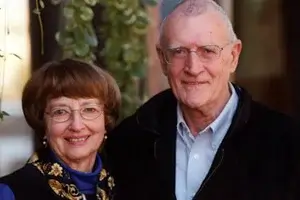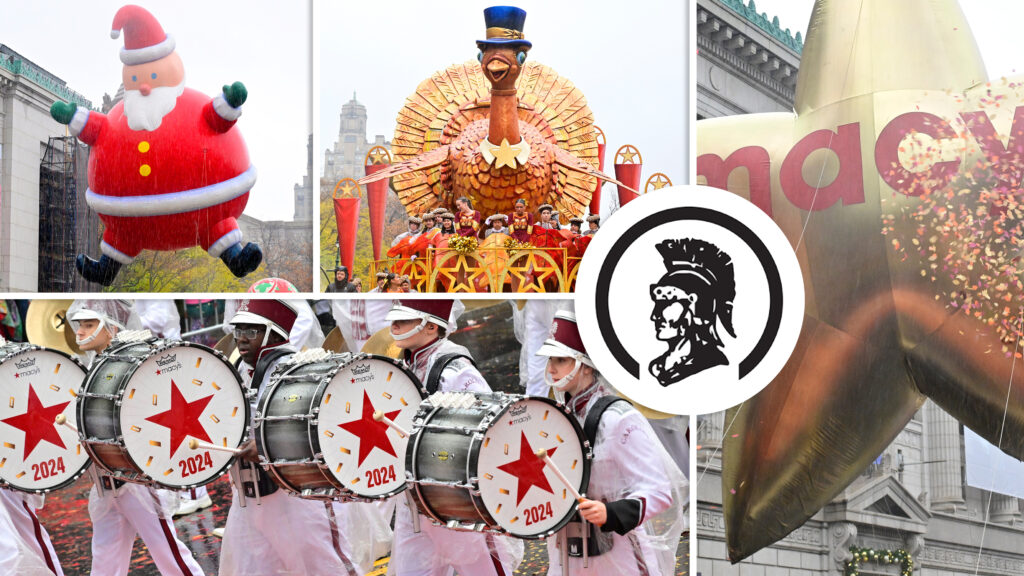
Bill Cook
Star of Indiana through the years.

Bill Cook with his wife Gayle.

Cook driving pace bus at the 1990 Star of Indiana Mini Grand Prix fundraiser in Bloomington, Ind.
Bill’s tenure inside the drum corps community was all too brief. There’s no doubt that many thought Bill would disappear from the marching activity and fade back into obscurity when Star left the competition field after the 1993 season. But three seasons of the group’s stage production “Brass Theatre” was just a prelude to something great and unexpected. In 1999, word got out that he was up to something totally off-the-wall and very, very big. Somehow, he and former Star of Indiana director Jim Mason had convinced a number of performers that they were on to something bold and wonderful, something that would alter one’s perception of drum corps, and, if successful, would ultimately introduce untold hundreds of thousands to the activity for the first time. The theatre production “Blast!” hit London like a second Blitzkrieg, and then grabbed Broadway around the throat, walking off with a Tony Award. And there was Bill, up on stage, accepting the award and likely inspiring many to think, “Damn, he’s done it again.” Bill’s contributions to drum corps are widely known only to a few. It’s part of the mystique he took pride (and fun) in cultivating. We are a better activity for having been blessed with his presence, as short as it might have been. And we’re a better activity for relishing in the spotlight that “Blast!” focused upon the entire marching community, introducing many to the marching arts for the first time, further confirming the awesomeness of the drum corps experience for others. One cannot capture in a short and single tribute the contributions of Bill Cook to the world of drum corps. But one can sure have fun trying. Read “Our friend Bill, Personal memories of Star of Indiana founder Bill Cook” Read a personal history of the Star of Indiana written by Cook at StarOfIndiana.com.





